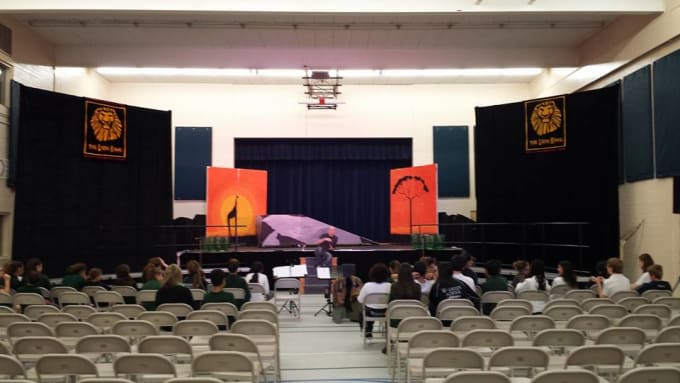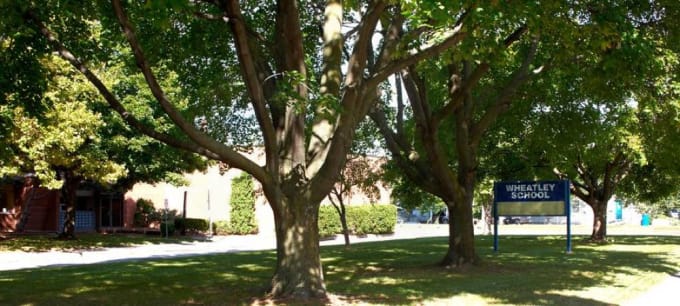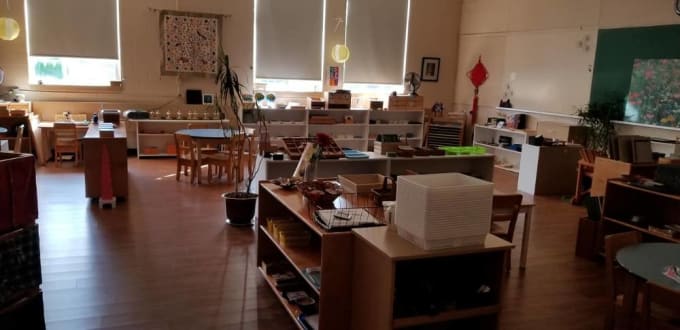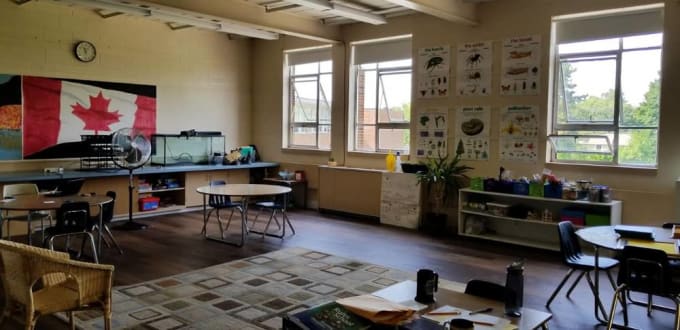
Additional notes: School bus will pick up and drop off at child's home.
How we see Wheatley School
Compare with:
How Wheatley School sees itself
"Wheatley has been preparing children for the future since 1986. Small classes, a supportive environment and individualized teaching methods allow every child to realize his or her full potential, while promoting academic excellence. Montessori program from two years of age to Grade 4 and the International Baccalaureate Middle Years Programme for Grades 5 to 8. Wheatley provides exciting extracurricular activities and enriched academic studies (Grade 9 Math credit offered)."
"Our curriculum is designed to develop the whole child and to prepare students to be exemplary citizens of our world. Our motto, “Preparing young minds for the future” captures the essence of the school. We provide our students with an education that reflects the needs of the 21st century – developing interdisciplinary skills, offering the tools and resources to explore their potential, and creating a solid foundation around core subjects that are critical to reasoning and comprehension."
"It is through a balance of curriculum, activity and community that Wheatley develops the whole child. We emphasize the capacity for critical thinking and an understanding of what learning is and how it is applied to real world situations. Our arts programming nurtures the creative spirit and builds confidence through participation in such school activities as art shows, the school band and theatre projects. Our physical education component underscores the importance of teamwork and ongoing skill"
"Wheatley is a diverse community – we welcome international students from around the world and can arrange a safe, secure environment for your child to be billeted in the Niagara region. In addition, International students pay the same tuition rate as our Canadian students."
"Our small classes and low student to teacher ratio allows us to get to know every child and guide him or her on the journey of life. Every child has a voice – at Wheatley, we listen."





















Holiday Festival!

Scholastics Book Fair!


How people from the school’s community see Wheatley School
Top-down influence on the school’s direction and tone

Head of School, Eda Varalli
MS. ED.
Welcome to Wheatley, a vibrant and dynamic independent school dedicated to educating children from toddler age to grade eight. Wheatley embraces a philosophy that values the importance of instilling confidence, self-esteem, responsibility and a lifelong love of learning. We believe in working hard, caring for one another and, above all, making sure that learning is fun.
Our curriculum is designed to develop the whole child and to prepare students to be exemplary citizens of our world. Our motto, “Preparing young minds for the future” captures the essence of the school. We provide our students with an education that reflects the needs of the 21st century – developing interdisciplinary skills, offering the tools and resources to explore their potential, and creating a solid foundation around core subjects that are critical to reasoning and comprehension.
Wheatley promotes two proven educational methods: Montessori for children age 2 to grade 4 and the International Baccalaureate Middle Years Programme for Grades 5 to 8. These programs have distinguished themselves around the globe and they share in the belief that peace in our community and our world can be achieved through the education of children.
It is through a balance of curriculum, activity and community that Wheatley develops the whole child. We emphasize the capacity for critical thinking and an understanding of what learning is and how it is applied to real world situations. Our arts programming nurtures the creative spirit and builds confidence through participation in such school activities as art shows, the school band and theatre projects. Our physical education component underscores the importance of teamwork and ongoing skills improvement, and applying them in the gym, on the field and in life.
Wheatley is a diverse community – we welcome international students from around the world and can arrange a safe, secure environment for your child to be billeted in the Niagara region. In addition, International students pay the same tuition rate as our Canadian students.
Our small classes and low student to teacher ratio allows us to get to know every child and guide him or her on the journey of life. Every child has a voice – at Wheatley, we listen.
It is my privilege to be a part of a school that is leading the way in educating the young minds of 21st century. I’d be delighted to provide a personal tour of our school and discuss how Wheatley can make a positive difference in your child’s education.
Please feel free to contact my office at 905.641.3012 or [email protected] to arrange a tour.
Yours sincerely,
Eda Varalli, MS. ED. Head of School
THE OUR KIDS REPORT: Wheatley School
Next steps to continue your research:
Continue researching Wheatley School with OurKids.net, or visit school website.